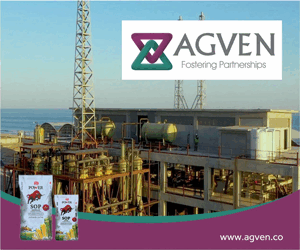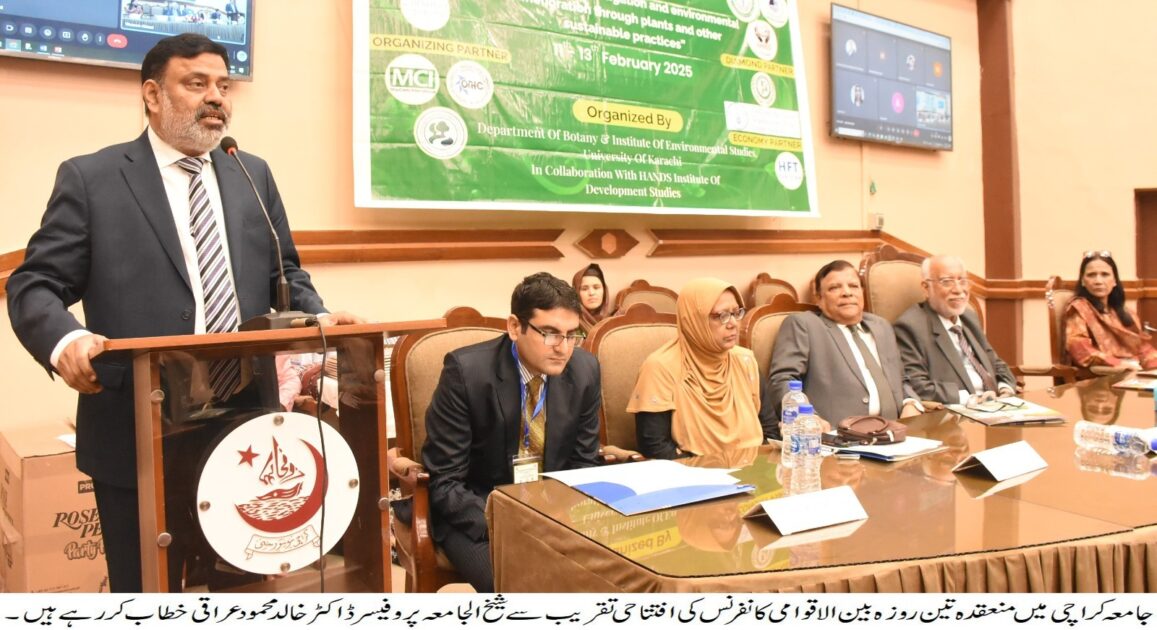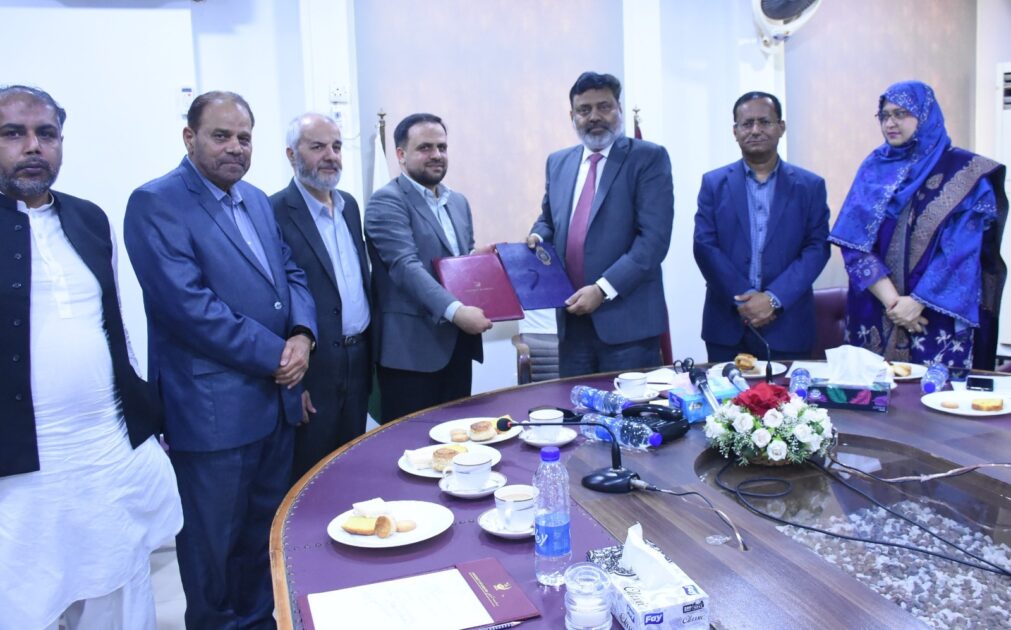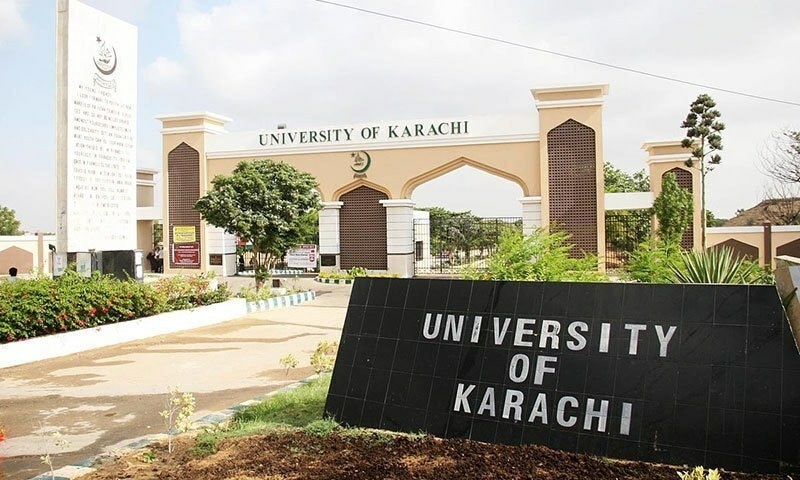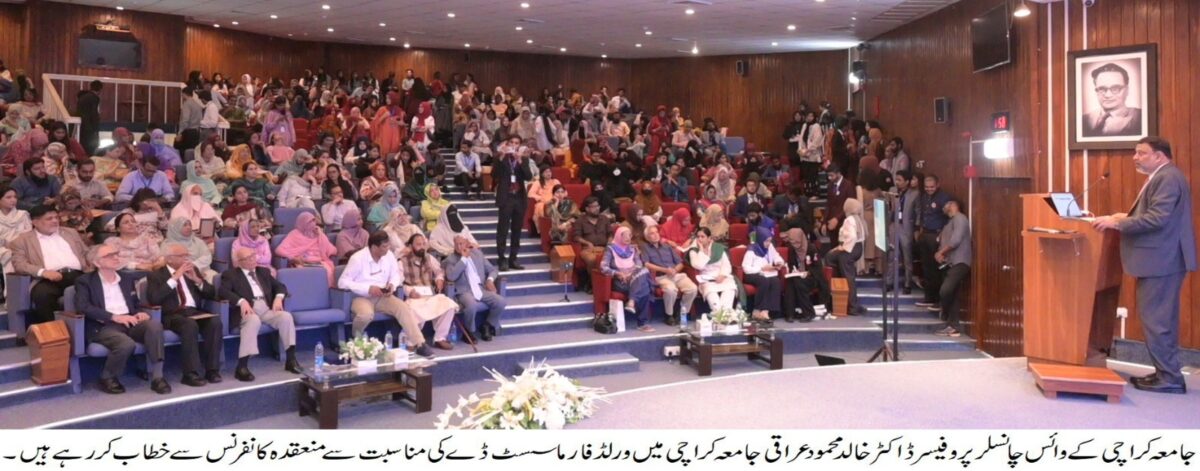- Web Desk Karachi
- Feb 15, 2025

KU seminar presents viable solution for breaking Pakistan’s debt cycle
-

- Web Desk Karachi
- Aug 23, 2024

Pakistan’s significant debt servicing issue can be addressed through full reserve banking, which has the potential to eliminate high inflation, government debt, and interest expenses. This approach represents a transformative shift towards financial stability, economic growth, and inclusive prosperity, aligning closely with the principles of Islamic economics and the true foundations of Islamic banking.
This proposal was put forward by a chartered accountant and public policy expert Qanit Khalil during a seminar titled “Breaking the Debt Cycle”, held today at the KU’s Applied Economics Research Centre.
In his recommendation for addressing Pakistan’s economic challenges, Khalil advocated for the adoption of full reserve banking as a game-changing solution with profound implications. He noted that a staggering 60 percent of government revenue is currently devoted to interest payments, with debt servicing costs ballooning from less than Rs200 billion in 2003-04 to an extraordinary Rs7,300/- billion in 2023-24. Of these costs, 90 percent are for servicing domestic loans, not foreign ones.
Khalil emphasized that with the continuous increase in domestic debt, the government of Pakistan has had to secure large loans from banks to cover the enormous interest costs, exacerbated by the State Bank of Pakistan’s (SBP) high-interest rate policy.
He pointed out that SBP’s high-interest policy, intended to curb inflation, has backfired, resulting in the opposite effect. Citing the Pakistan Economic Survey, he stressed that interest rates and inflation have been rising simultaneously. Referring to a World Bank report, Khalil highlighted that financing the fiscal deficit through bank borrowing has rapidly expanded the monetary base, contributing to inflationary pressures. Discussing the fractional reserve banking cycle, he explained that the Pakistani government has heavily relied on budgetary borrowing from the SBP, leading to unsustainable monetary expansion, as a five percent reserve ratio has a 20x multiplier effect.
He proposed that an innovative economic solution to these issues lies in full reserve banking, which could address high government debt and interest rates. Under this model, the State Bank would maintain 100 percent reserves against deposits, ensuring centralized and controlled money creation. Additionally, the payment and credit extension processes, or deposit and investment banking, would be completely separated; deposits could not be used for financing loans. Instead, loans would be financed by savers’ investment accounts in investment banks.
According to him, this approach aims to eliminate the growing government debt burden, reducing interest rates through a more streamlined financial system. Khalil argued that the fractional reserve system, responsible for fluctuations in the money supply, could be effectively replaced with a full reserve system, creating a stable economic environment. He further stated that a deeper examination of full reserve banking reveals a strong alignment with the principles of Islamic economics and the true foundations of Islamic banking.
Earlier, a KU AERC faculty member Dr Syed Ammad Ali highlighted the current state of Pakistan’s economy in relation to debt payment and supported the idea of full reserve banking as a viable solution. The KU Dean of the Faculty of Arts and Social Science Professor Dr ShaistaTabassum also appreciated the proposal as an alternative and timely solution. She cautioned that if the situation is not addressed, an imposed political solution from international powers could become inevitable.
